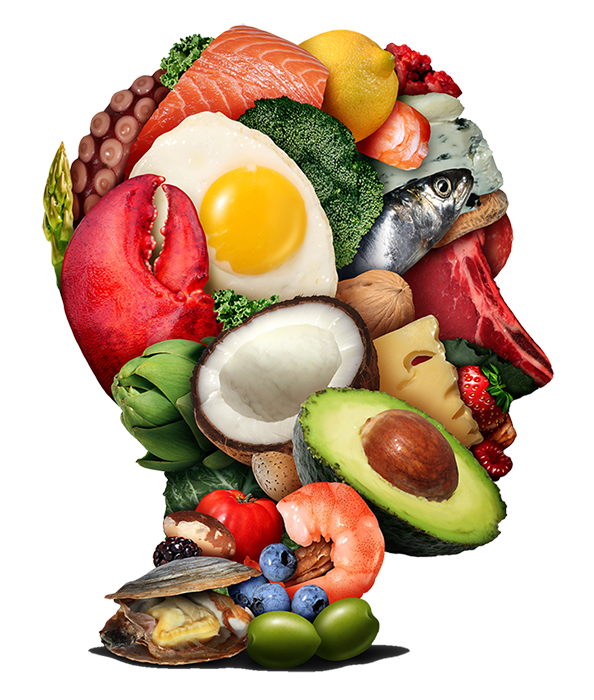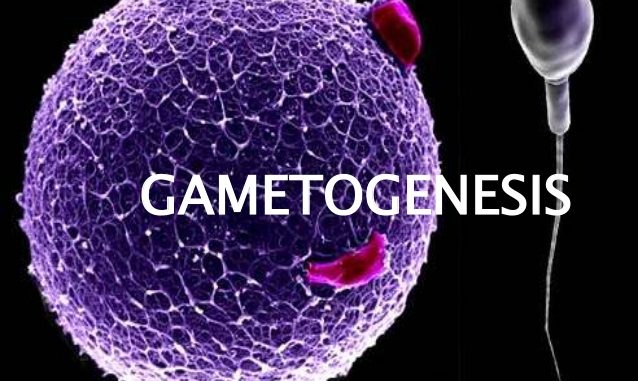Nutrition
It is the process by which an organism obtain its nourishment, the supply of nutrients required by its body and cells to stay alive. Types: Autotrophic nutrition and Heterotrophic nutrition Autotrophic Nutrition: Plant exhibit autotrophic mode They prepare their own food by the process of photosynthesis Also called self-nourishment These are of two types: Photosynthesis …



